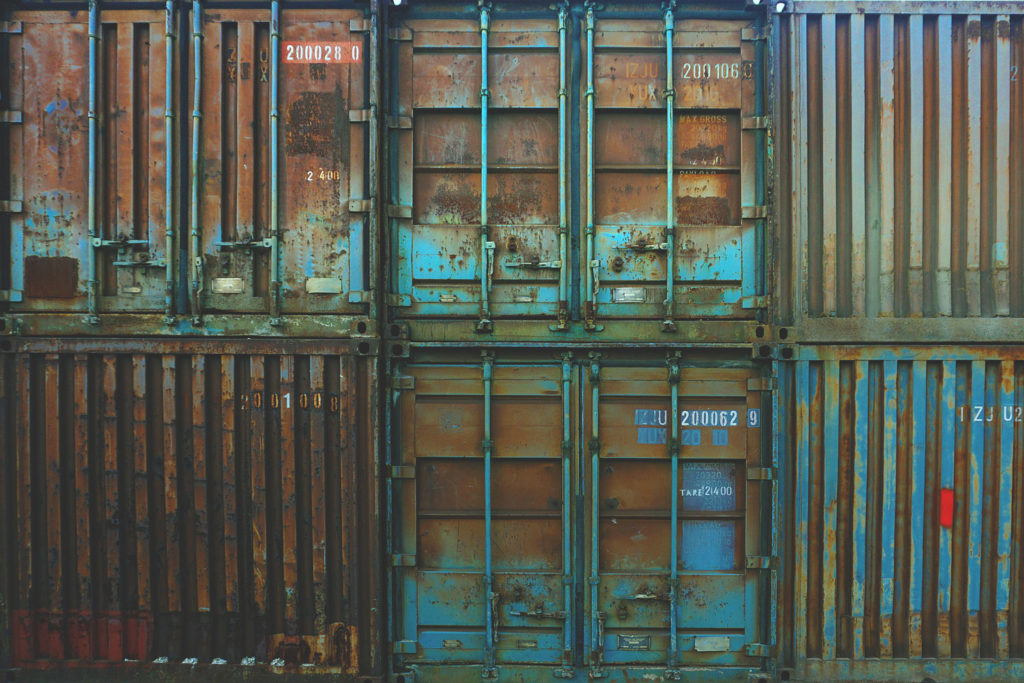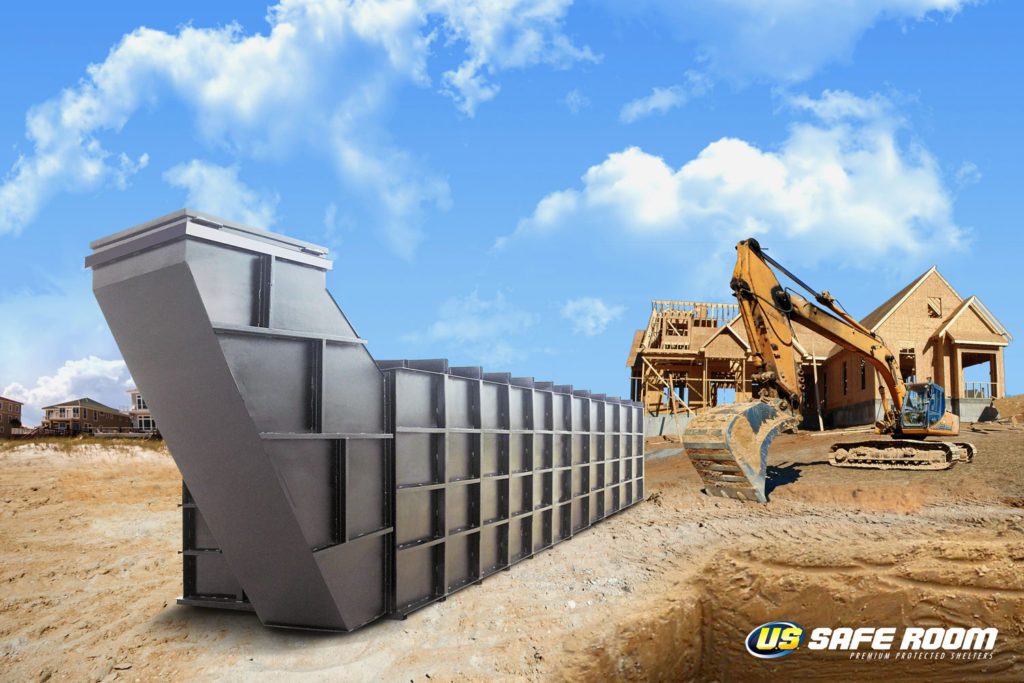Rising Tension & Disaster Preparation: Below-Ground Safe Rooms
Fears of nuclear war, as well as chemical and biological attacks, have once again permeated the American psyche. While we hope these worst-case scenarios will never materialize, a renewed interest in racing the Doomsday Clock has many survivalists scoping out alternatives and off-the-grid living options and below ground bunkers. Shipping containers quickly jump to the top of their list because of their cost-effectiveness as underground survival shelters. While these makeshift bunkers may appear to be the logical stopgap in thwarting domestic and foreign threats, these bargain boxes could in fact expose you to the very dangers you are trying to avoid.
Dangers Of Cost Cutting With A Shipping Container Bunker
By design, shipping containers are intended for the safe transport of millions of tons of goods and materials during long sea voyages. Many containers carry product harmless to human health, but many domestic staples, including shoes and furniture, are coated in layers of noxious chemicals that can leave a lasting residue. Other containers transport toxic materials and chemicals themselves.
Shipping containers do not have ventilation systems either. “Why?” you might ask? Because they are not designed for live transport or occupation, let alone short-term accommodations. In fact, the National Center for Biotechnology Information estimates that between 10 and 20 percent of all containers arriving in European harbors were shown to contain volatile and poisonous chemicals above normal exposure levels. The list of impairments from exposure to these chemicals include long-term cognitive defects, says the NCBI.
These occupational hazards haunt dock workers and ancillary employees daily, so why would you think these subterranean abodes would suffice for your family’s protection? Additionally, many containers produced outside the United States and older containers could be coated with lead-based paints which in itself has its own considerations and risks for usability, as well as conversion and construction process concerns.


